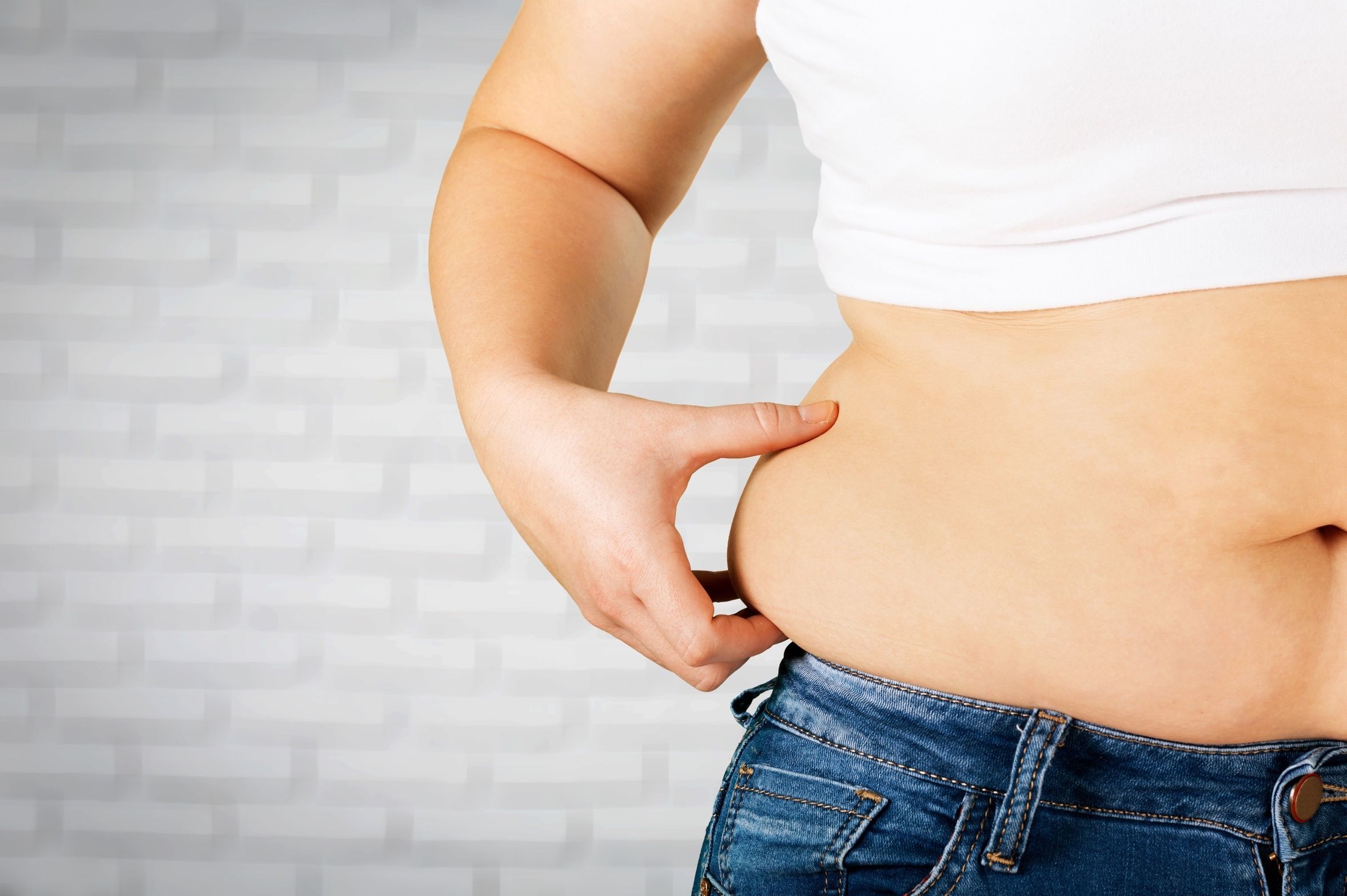
(Vienna/Washington, 29 April 2020) Brief, moderate exposure to cold can help people with brown adipose tissue to burn 15% more calories than people who do not have this type of adipose tissue. That is the main finding of a study published in the Clinical Journal of Endocrinology & Metabolism, the leading journal of the Endocrine Society. In contrast to white adipose tissue, brown adipose tissue burns calories via fatty acid oxidation and heat production and is regarded as a highly promising target in the fight against widespread obesity – this process can be activated by exposure to cold. "These data improve our understanding of how brown fat behaves in humans," says study leader Florian W. Kiefer from the Division of Endocrinology & Metabolism, within MedUni Vienna’s Department of Medicine III.
In humans and mammals, a distinction is generally made between at least two types of fatty deposits, white and brown adipose tissue. White adipose tissue occurs much more frequently in the human body, stores fat and is predominantly located in the well-known fatty pads on the abdomen, bottom and upper thighs. When the body needs more energy, it can call upon these deposits. In contrast, brown fat burns energy, thereby releasing heat. However, as people grow older or gain excess weight, the number of these cells steadily declines.
Some adults still have brown fat but the overwhelming proportion of their body fat is made up of white fat. In adults, brown fat is located at the base of the neck/throat area and in the thorax. Brown fat is regarded as being the thermal power station of the human body. Babies are well upholstered with it, as they need it to stop them cooling down too much.
Good, brown fat
The researchers used a PET scan to identify two groups of volunteers – those with and those without active brown adipose tissue. They analysed the function and energy consumption of brown adipose tissue in these people before and after brief exposure to cold and discovered that the group with active brown adipose tissue not only burned significantly more calories but also had a healthier fatty acid profile in their blood. Says Kiefer: "We discovered that people with active brown adipose tissue consumed 20 kcal more than those who do not have any."
"Furthermore, people with active brown adipose tissue had higher concentrations of anti-inflammatory fatty acids, while the levels of some of the harmful fatty acids, which are known to contribute to diabetes and heart disease, were lower. This shows us that we need to study human brown adipose tissue in greater detail to see whether activation of this organ can protect us from metabolic and cardiovascular diseases," explains the MedUni Vienna researcher. As well as Florian Kiefer, the MedUni Vienna research team also included Alexandra Kautzky-Willer, Carsten T. Herz (Department of Medicine III), Alexander Haug and Oana C. Kulterer (Department of Biomedical Imaging and Image-guided Therapy) and Dietmar Pils (Department of Surgery). Christopher Gerner (co-corresponding author), Laura Niederstätter and Andrea Bilek (Institute of Analytical Chemistry) from the University of Vienna were also involved.
Service: Clinical Journal of Endocrinology & Metabolism
"The Presence of Active Brown Adipose Tissue Determines Cold-Induced Energy Expenditure and Oxylipin Profiles in Humans". Kulterer OC, Niederstätter L et al. DOI:10.1210/clinem/dgaa183
The study was funded by the Vienna Science and Technology Fund (WWTF), the Austrian Science Fund (FWF) and the research fund of the Austrian Diabetes Society.